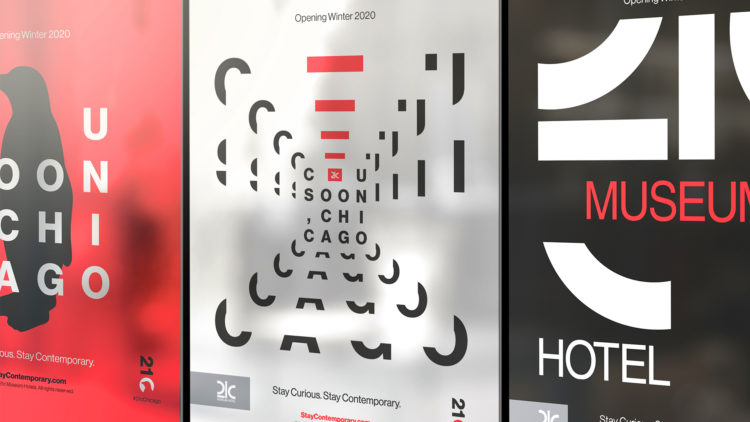Much like the rift between the Capulets and the Montagues, the conflict between direct response marketing and branding is an age-old dilemma. The mindsets of these two contingents could not be more different. So when it comes to creating a web presence, the opposition is fierce.
Here’s how Conversion Conference Chair and CEO of SiteTuners, Tim Ash, describes the conflict:
Team direct response calls branding practices restrictive, controlling, arrogant, and visually obsessed at the expense of clarity. And worst of all, they’re never held accountable for performance, and recycle media with no consideration of audience segmentation.
Team branding says direct responders are fiddlers who are ignorant of the big picture and out of touch. They’re unethical because they bend the rules of design to get results. And they’re unprofessional because they pay no attention to appearance and consistency of campaigns.
Both sides have a point, but neither can go at it alone. To truly understand how to optimize the relationship between branding and direct response, you need to understand the value of each.
The direct response mindset is agile. It reacts to performance and adapts accordingly, even if that means significantly altering design. By adjusting triggers, direct response marketing effectively leads to conversions.
What direct response proponents fail to recognize, however, is that having a strong brand is a shortcut to conversion. Companies with extremely strong brands have the freedom to break the laws of SEO and conversion with impunity. Apple’s website, for example, has a poor UX design with a slider homepage and no clear calls to action, and yet a/b testing would be ineffective for it because people are going to buy Apple products anyways. Apple’s strong brand shields it from having to worry about performance, and allows the company to design its website more creatively.
On the other hand, strong branding can limit design. Once customers get used to the way a company presents itself to the point where they begin identifying with it, any minor change in design is jarring. Established brands also prove challenging because once they are perceived a certain way it can be difficult to change that perception and adapt your brand to your changing audience demographics.
Branding is the background that frames user experience. You can have identical products, but the way you present them to the world has an immense effect on their perceived value. By making a strong brand frame that makes user experience congruent across all platforms, brands provide context for the perceived value of the product.
The goal of direct response, then, should be to create value in how they describe the product and display it on the site within the brand frame. By focusing on testing triggers that evoke the underlying brand concept, direct response marketers can simultaneously achieve their goals while aligning with brand needs. That way, everyone is happy—including your clients and their customers.
- Tagged in:
- branding,
- Design,
- user experience













